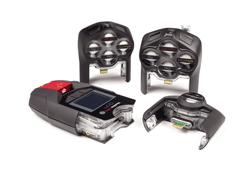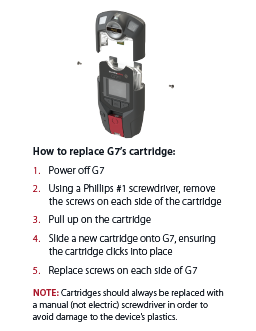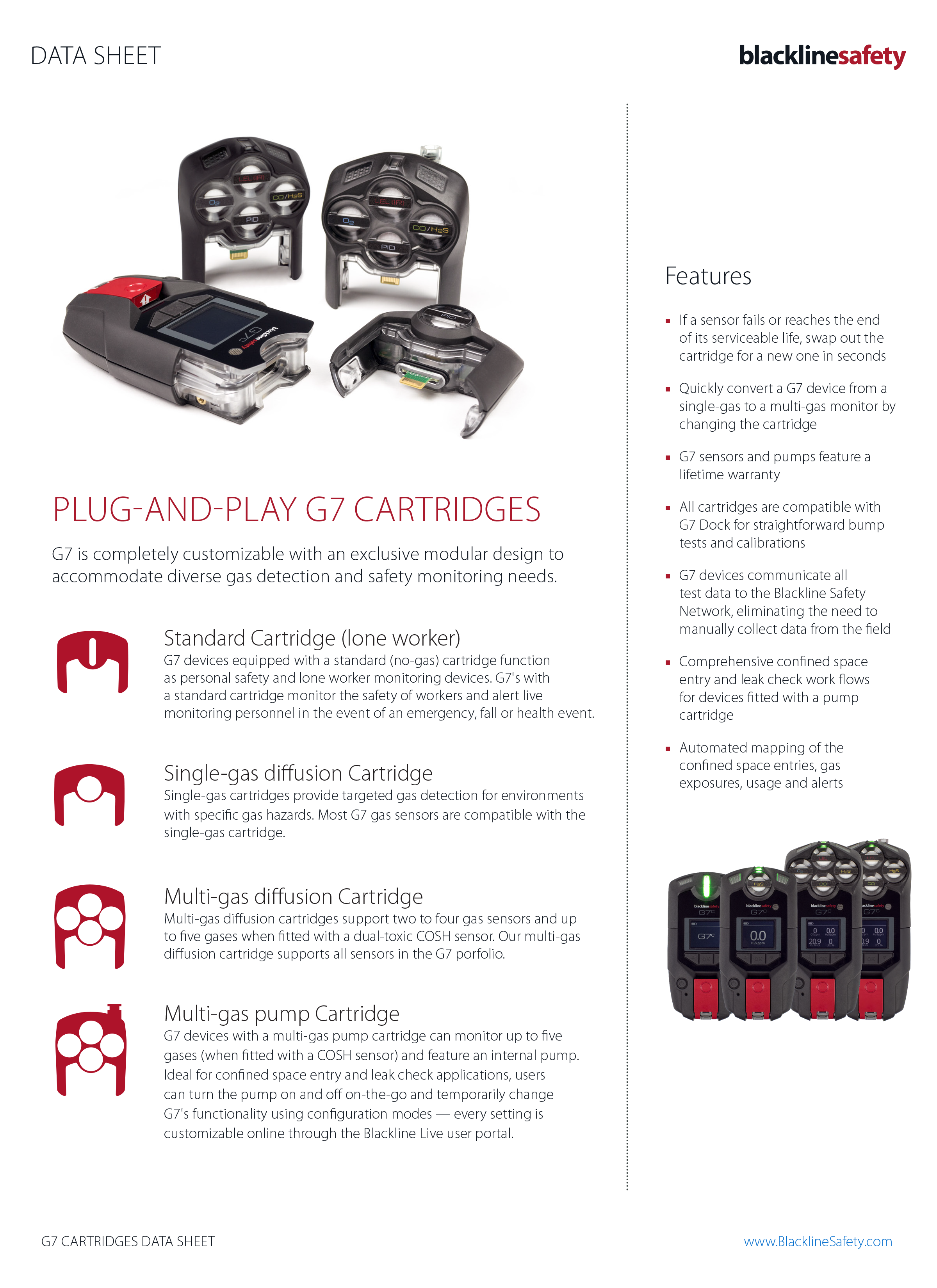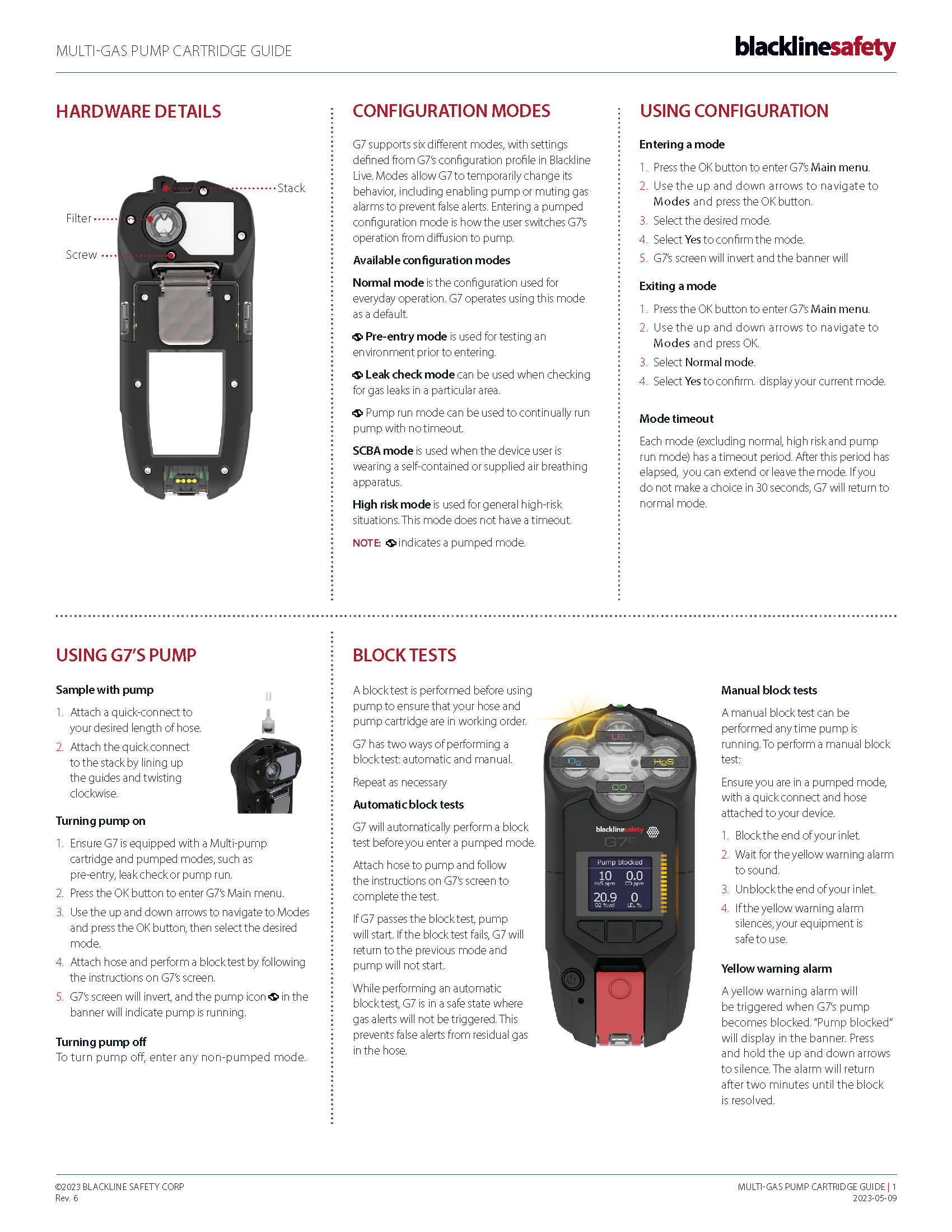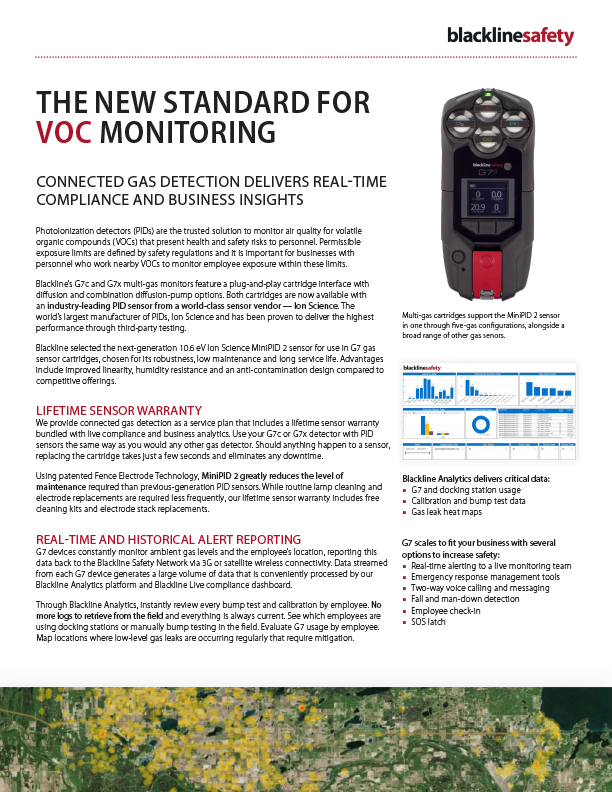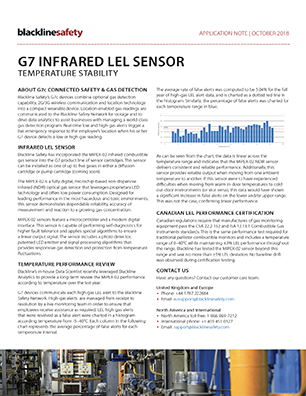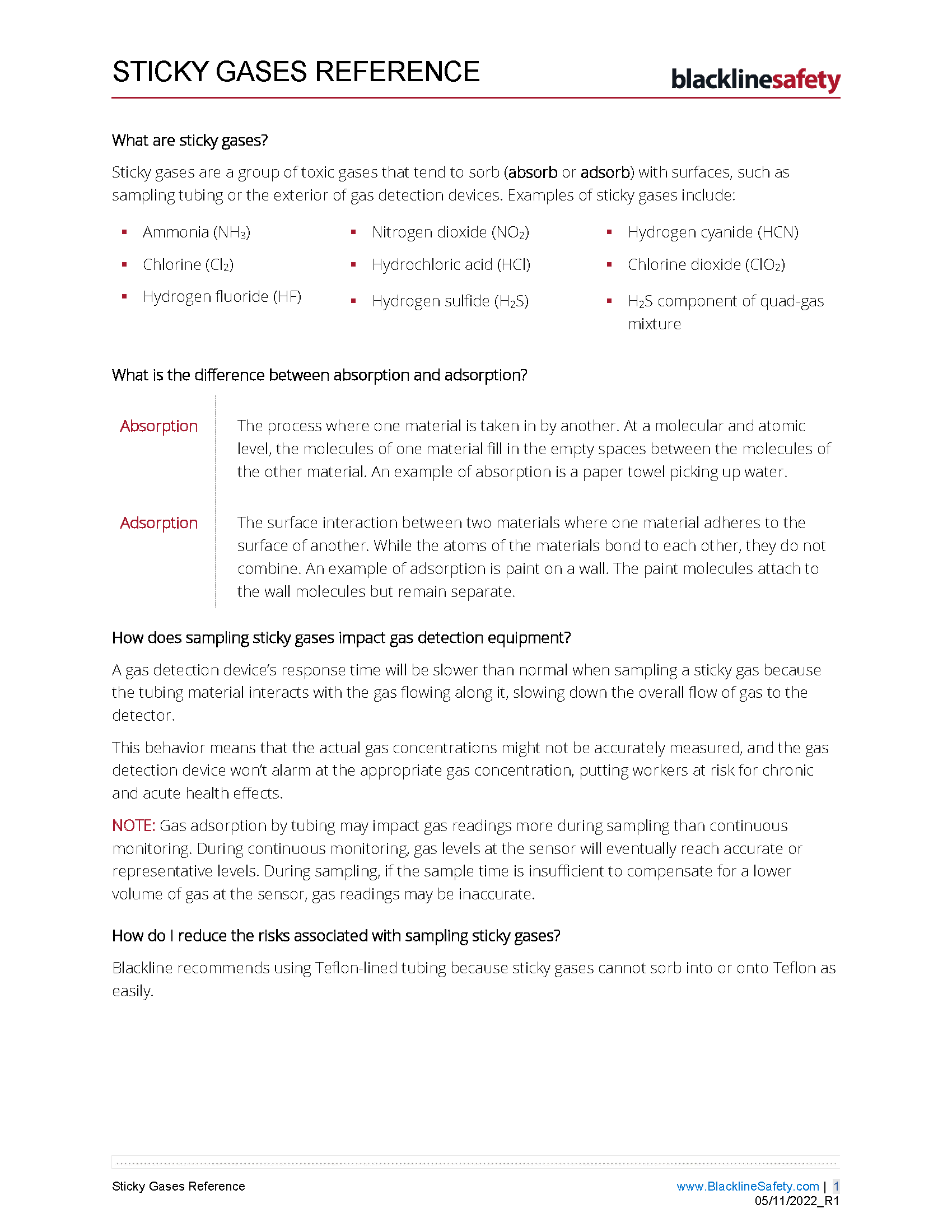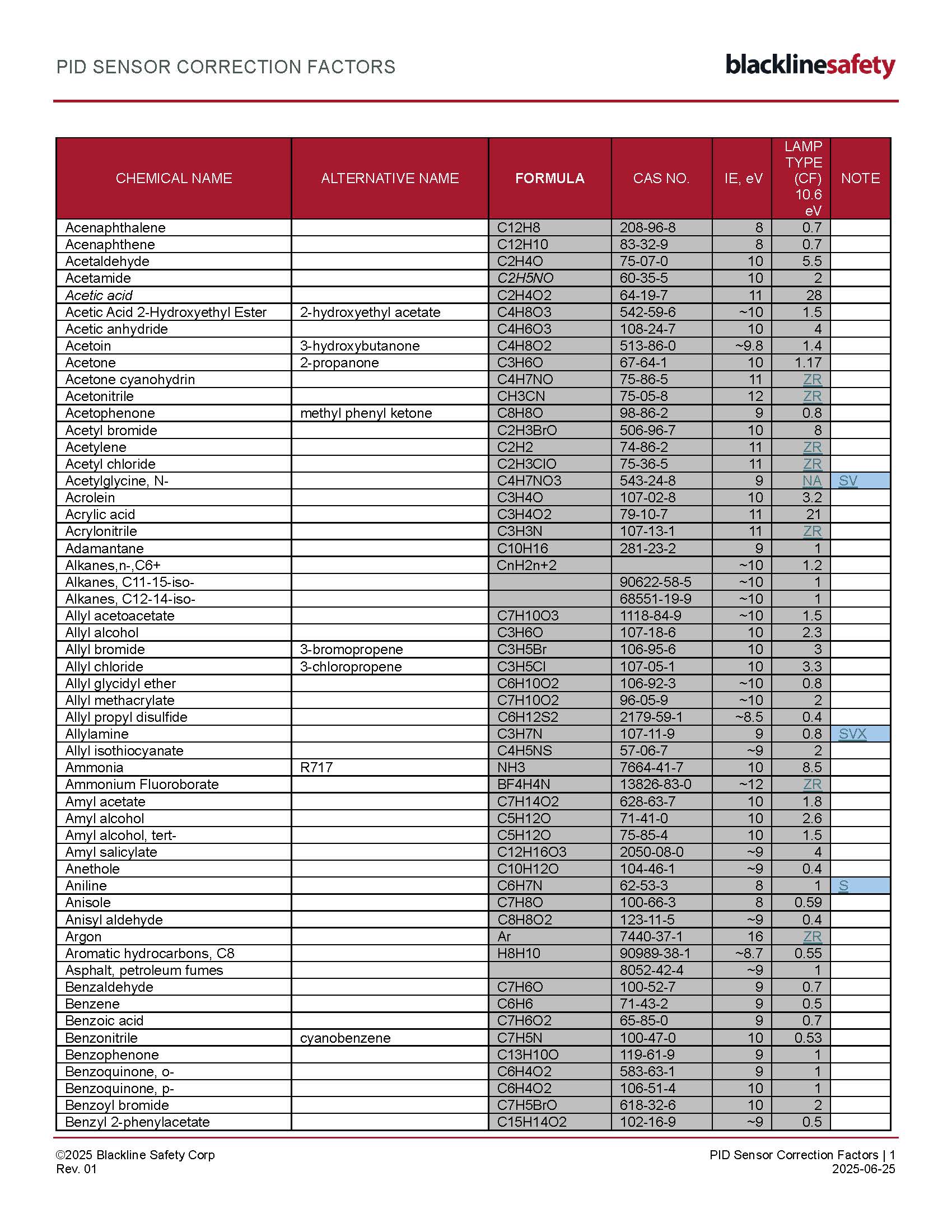Yes, the G7 supports bumping and calibrating with your breath. Here’s an explanation of how it works:
During an instrument calibration, the output of each gas sensor must be measured at two points. Those two points are called “zero point” and “span point”. Zero point represents the output of the sensor in the absence of gas and span point represents the output of the sensor at a higher, known concentration of gas.
The ambient environment does not contain the target gas for most gas sensors so ambient air can used to measure the zero point during calibration. Then a known concentration of the target gas is applied to the sensor to measure the span point. After these two points have been measured and confirmed to be within the acceptable limits, the calibration can be applied to the instrument.
Oxygen sensors are an exception to what is described above. The ambient air contains 20.9% of the target gas, oxygen, so it cannot be used to measure the zero point . For oxygen sensors the zero point is assumed to be when the sensor has zero output. Ambient air is used to measure the span point at 20.9%. Using those two points the calibration is calculated but it is not immediately applied to the instrument. The sensor has not yet been tested to ensure that it responds when the concentration of oxygen changes. To confirm the operation of the sensor a gas that has a concentration of lower than 19.5% must be applied. If the sensor responds appropriately to the drop in oxygen then the previously calculated calibration is applied to the instrument.
Bottled calibration gas for oxygen sensors will typically contain 18% oxygen. This gas is used during the calibration process to test that the oxygen sensor responds appropriately but is not actually used in the determination of a zero or span point. Because exhaled breath only contains about 15% oxygen, an oxygen calibration can be completed by breathing on the sensor.

